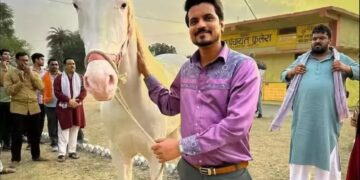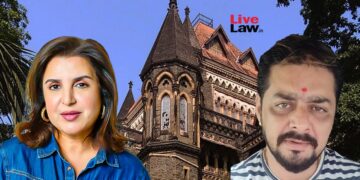Date: June 11, 2025
New Delhi, India — As the world’s largest democracy prepares for another crucial election cycle, two contrasting figures continue to shape India’s political discourse: Prime Minister Narendra Modi, known for his strong leadership style and widespread popularity, and Rahul Gandhi, the principal face of the opposition and member of India’s most prominent political family. A key question often raised by observers and analysts alike is: Can Rahul Gandhi match Narendra Modi’s political presence and influence?
Narendra Modi: A Seasoned Communicator
Since taking office in 2014, Narendra Modi has developed a reputation as a leader with a commanding public persona. His narrative — that of a self-made leader rising from modest beginnings — has resonated with large segments of Indian society. His speeches emphasize national development, governance, and India’s global aspirations.
Modi’s ability to connect with diverse audiences through clear messaging, impactful symbolism, and a strong media presence has played a major role in his electoral success. His participation on global stages, including the G20 and climate summits, has helped solidify his image as a confident and influential statesman.
Rahul Gandhi: A Voice for Democratic Ideals
In contrast, Rahul Gandhi, currently serving as a key leader of the Indian National Congress, presents a different vision. Educated abroad and rooted in the legacy of India’s post-independence politics, Gandhi emphasizes democratic values such as social inclusion, institutional independence, and equal opportunity.
His recent “Bharat Jodo Yatra” (Unite India March), a cross-country walk aimed at fostering unity and dialogue, drew wide attention for its message of togetherness. Supporters praised his direct engagement with citizens and his efforts to counter divisive rhetoric.
While Gandhi’s communication style is more reflective and policy-oriented, some observers note that it lacks the immediacy and popular appeal seen in Modi’s public engagements. Nonetheless, his focus on dialogue, empathy, and grassroots connections has built a steady support base, particularly among youth and civil society groups.
A Contrast of Political Styles and Visions
Modi and Gandhi symbolize two different approaches to leadership. Modi’s style is often associated with centralized decision-making and assertive policy moves. Gandhi’s approach favors dialogue, collaboration, and inclusive governance.
This contrast reflects broader political themes within India — between differing views on national identity, development, and the role of democratic institutions. Many political analysts believe these differences offer voters meaningful choices in shaping the country’s future.
International Perspective: Global Recognition and Public Engagement
Internationally, Narendra Modi is regarded as one of India’s most recognized leaders. His emphasis on economic growth, global partnerships, and strategic positioning has elevated India’s international profile.
Rahul Gandhi, while less prominent on the global stage, has used forums abroad to highlight issues such as democratic resilience, freedom of expression, and social justice. His speeches at universities and public events have sparked discussions on governance and civil liberties in contemporary India.
Conclusion: A Democratic Choice
Charisma in politics can take many forms — from bold public speaking to quiet conviction. While Modi’s leadership is marked by powerful messaging and wide public reach, Gandhi offers an alternative rooted in dialogue and institutional values.
As India approaches its next general election, the contrast between these two leaders is not just about individual personalities, but about the kind of leadership Indians envision for the coming decade. Whether the electorate continues with the current course or chooses a new direction, the outcome will reflect the enduring strength of India’s democratic process.
For more in-depth coverage of India’s political developments and global affairs, follow the Worldnow Global Desk.







































